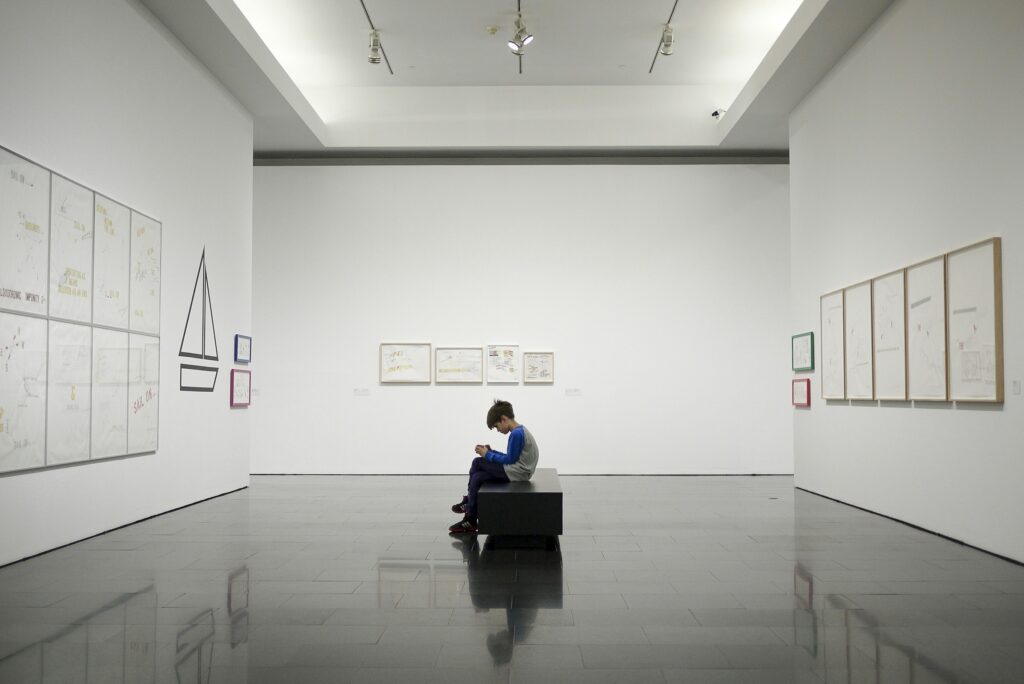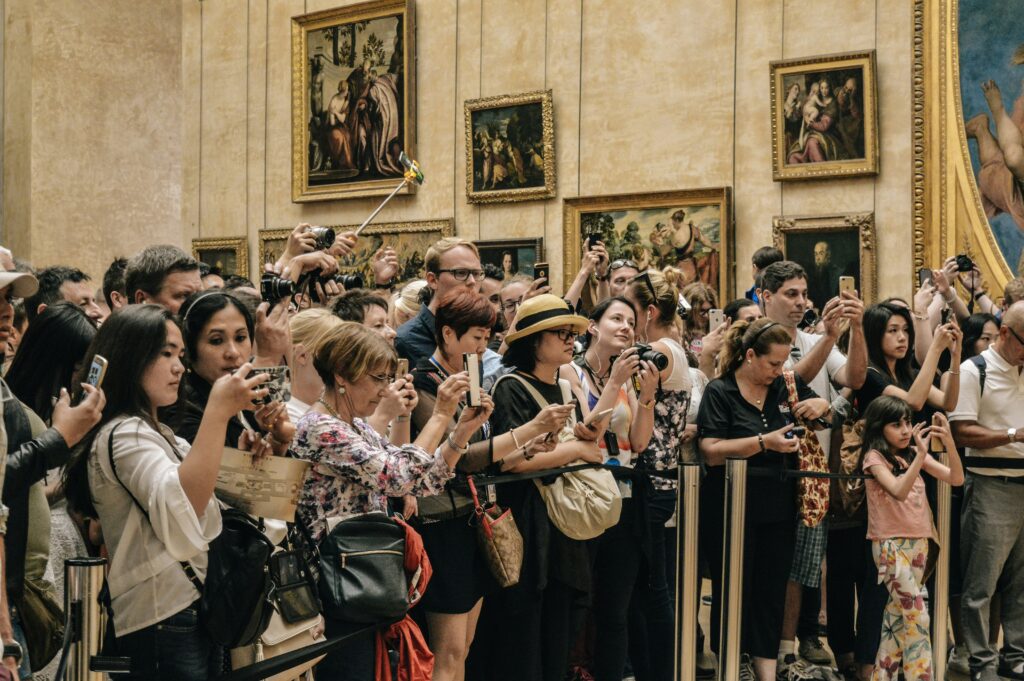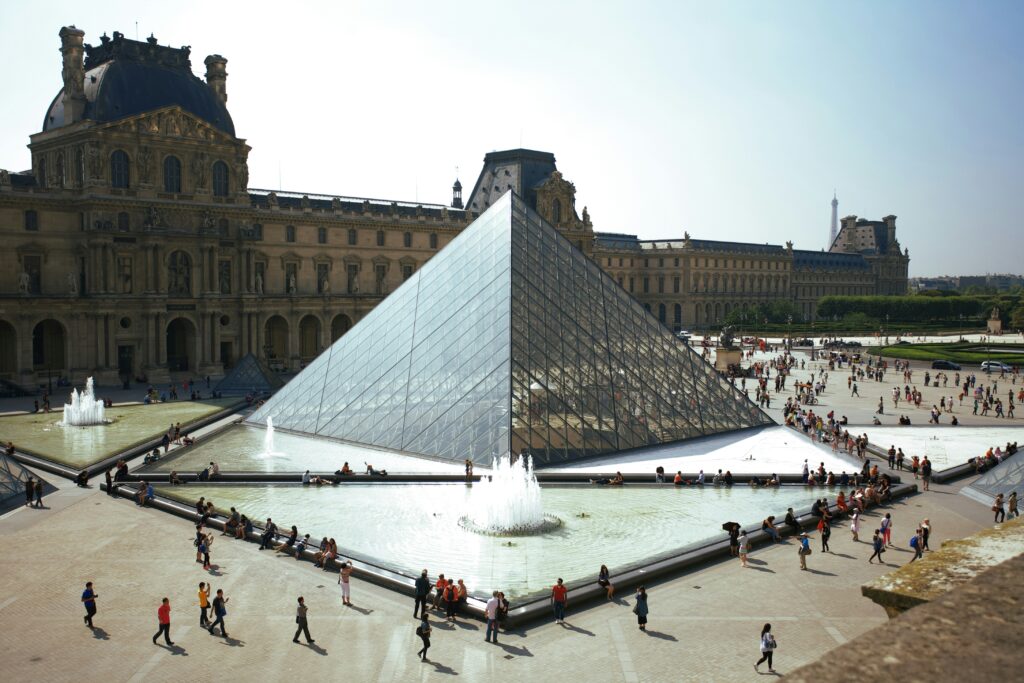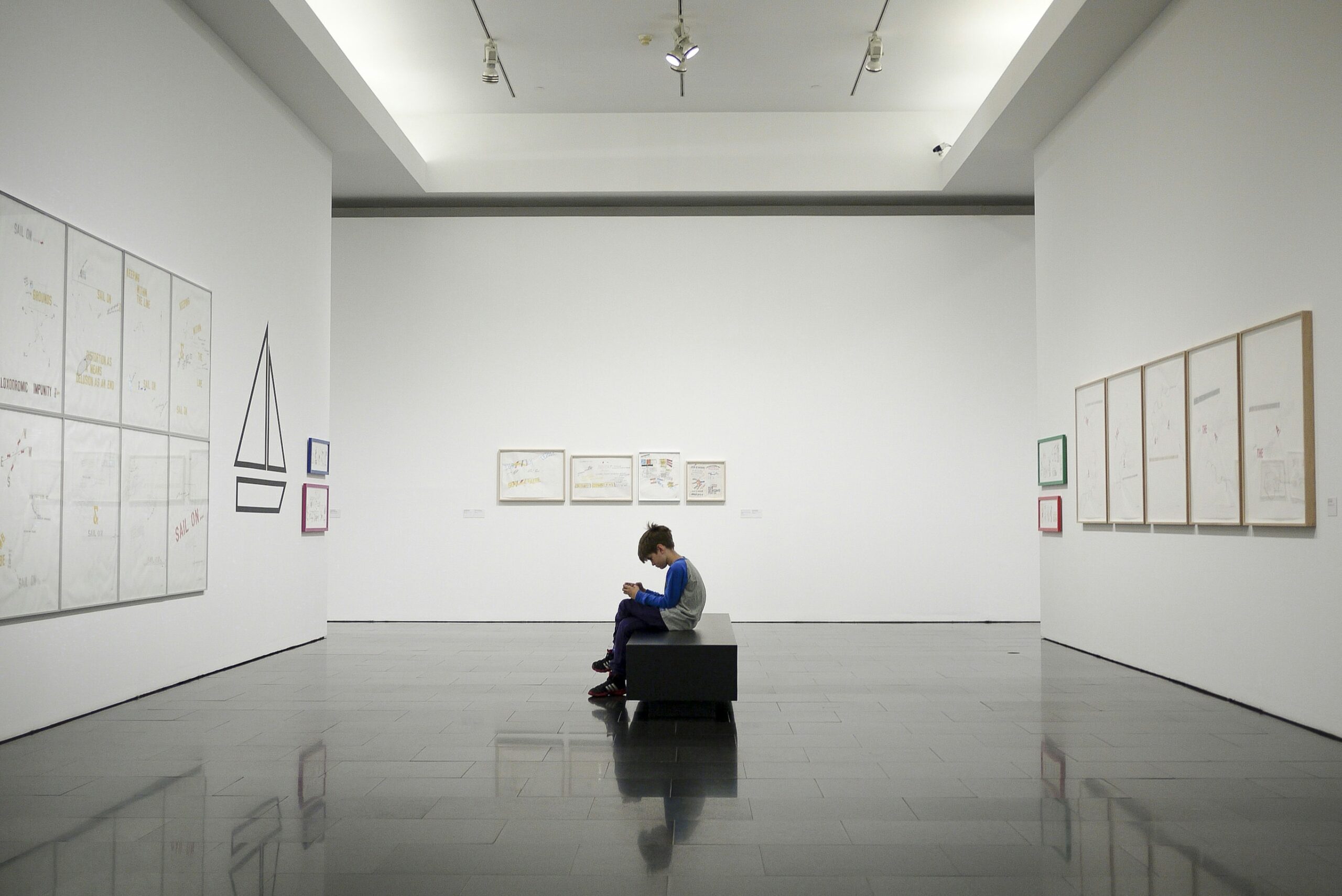The Zekelman Holocaust Center in Farmington Hills, Michigan has undergone a major redesign in an effort to discourage visitors from taking selfies with Nazi images. The museum’s new exhibition aims to refocus attention on the victims of the Holocaust rather than the perpetrators. In the past, some visitors couldn’t resist snapping selfies with a Nazi officer’s uniform, guns, and a whip on display. Now, the view of these artifacts is partially blocked by photographs of German soldiers at ease or leading Jews to mass shooting sites. The redesign also includes obscuring the swastikas on captured Nazi banners and removing a giant blowup of Hitler. As the world commemorates Holocaust Remembrance Day, museum curators are grappling with how to engage younger generations who may not have a personal connection to the events of the Holocaust.
Redesigned Holocaust Museum Aims to Discourage Nazi Selfies

Introduction
The Zekelman Holocaust Center near Detroit has recently undergone a major redesign in an effort to discourage visitors from taking selfies in front of Nazi images. The museum aims to refocus attention on the victims of the Holocaust, rather than the perpetrators. This article will explore the background information behind the redesign, the need for such changes, the specific alterations made to the exhibition, and the challenges faced by curators in maintaining the museum’s integrity while appealing to younger generations.
Background Information
The Zekelman Holocaust Center, located in Farmington Hills, Michigan, has been a landmark dedicated to preserving the memory of the Holocaust and educating visitors about its atrocities. However, in recent years, there has been a concerning trend of visitors taking selfies in front of Nazi imagery within the museum. This behavior has raised concerns among the museum staff and prompted a crucial reassessment of the exhibition’s design.

The Need for Redesign
The redesign of the Zekelman Holocaust Center was prompted by the need to address the issue of visitors taking inappropriate selfies in front of Nazi images. This behavior not only trivializes the horrific events of the Holocaust but also disrespects the memory of the victims. The museum recognized the imperative to refocus attention on the victims and create an environment conducive to respectful remembrance.
Changes in the Exhibition
The redesigned exhibition at the Zekelman Holocaust Center incorporates several changes to discourage the taking of selfies in front of Nazi imagery. One significant alteration is the use of photographs of German soldiers relaxing or leading Jews to mass shooting sites, partially blocking the view of Nazi artifacts. This juxtaposition is intended to prompt visitors to reflect on the individuals behind the uniforms and recognize the immense suffering they caused.

Obscuring Nazi Imagery
In an effort to deter visitors from taking inappropriate selfies with Nazi symbols, the Zekelman Holocaust Center has taken steps to obscure the swastikas on captured Nazi banners. By rearranging the banners in a way that hides the offensive symbols, the museum aims to discourage any glorification or normalization of Nazi ideology.
Removing Controversial Elements
Another crucial aspect of the redesign involves the removal of controversial elements from the exhibition. One such element was a giant blowup of Hitler, which attracted attention and led to visitors giving the Nazi salute. By removing this element, the museum aims to create a space that is focused solely on honoring the victims and educating visitors about the atrocities of the Holocaust.
The Role of Curators
The curators of the Zekelman Holocaust Center have played a pivotal role in the redesign process. Their expertise in atrocity imagery and profound knowledge of the Holocaust have guided the changes made to the exhibition. By carefully curating the artifacts and incorporating new displays, the curators have succeeded in recontextualizing the exhibits to foster an environment of respectful remembrance.
The Challenge with Younger Generations
One of the challenges faced by the Zekelman Holocaust Center and other similar institutions is engaging younger generations who may not have a personal connection to the Holocaust. The redesign takes into account the changing demographics of visitors and aims to create an exhibition that resonates with younger individuals. By incorporating more interactive elements, personal stories, and multimedia displays, the museum hopes to bridge the gap between historical events and the interests of younger visitors.
Holocaust Remembrance Day
As the world observes Holocaust Remembrance Day, which commemorates the liberation of Auschwitz in 1945, the Zekelman Holocaust Center serves as a poignant reminder of the atrocities committed during the Holocaust. The redesign of the museum reinforces the importance of remembrance, ensuring that future generations understand the magnitude of this tragedy and work to prevent such atrocities from occurring again.
Conclusion
The recently redesigned Zekelman Holocaust Center has taken significant steps to deter visitors from taking selfies in front of Nazi imagery. By refocusing attention on the victims of the Holocaust and obscuring offensive symbols, the museum aims to create an atmosphere of respectful remembrance. The role of curators and the challenges posed by younger generations have been carefully considered in the redesign process. As Holocaust Remembrance Day is observed, the Zekelman Holocaust Center stands as a powerful testament to the importance of preserving the memory of the Holocaust and educating future generations about the atrocities of the past.

